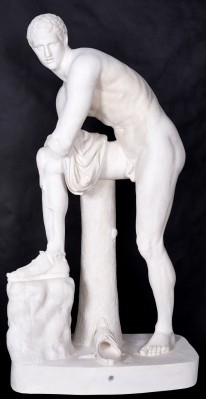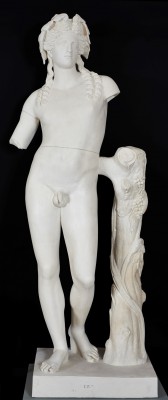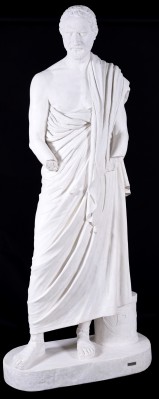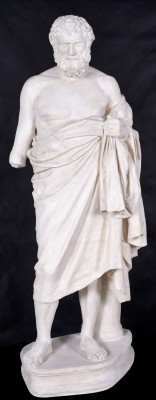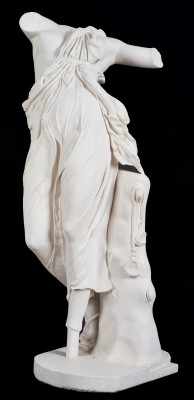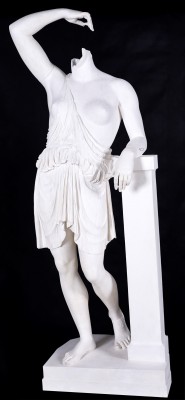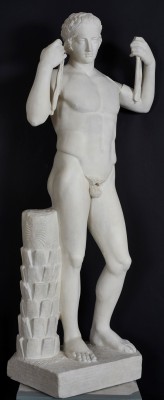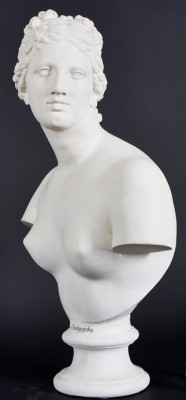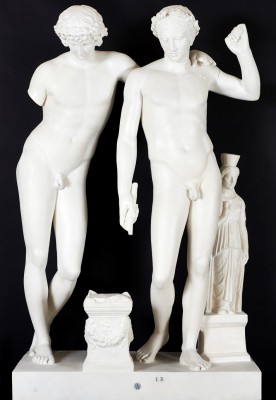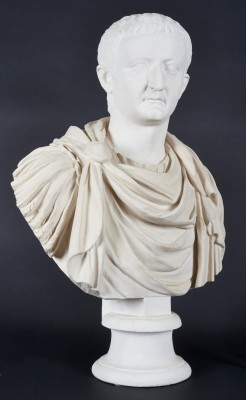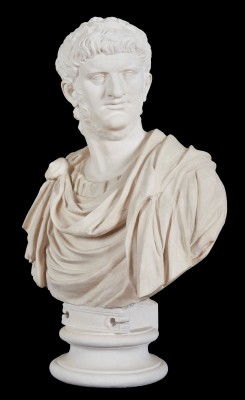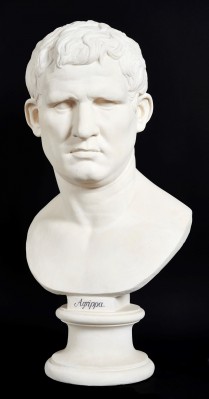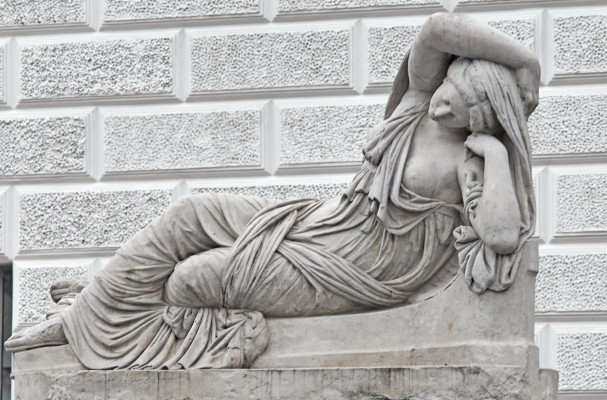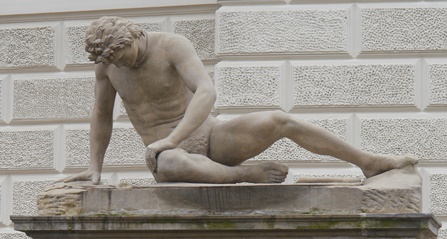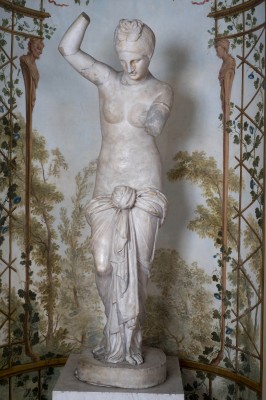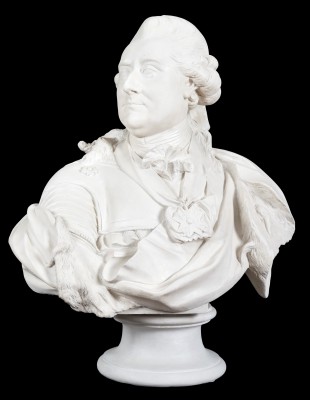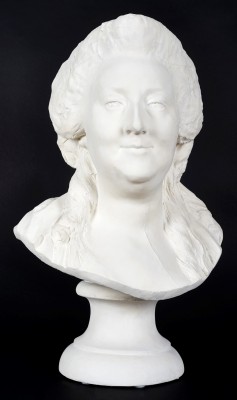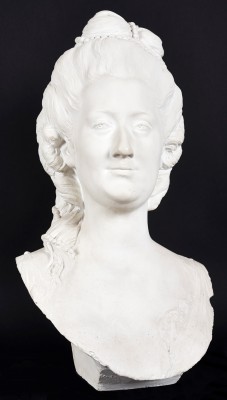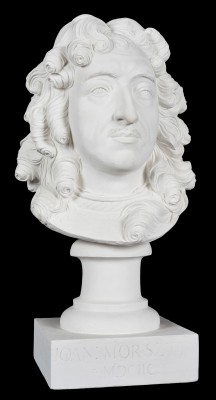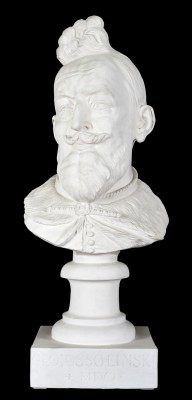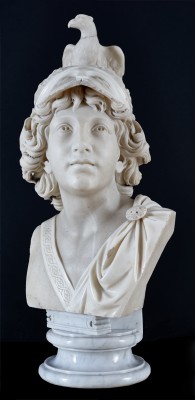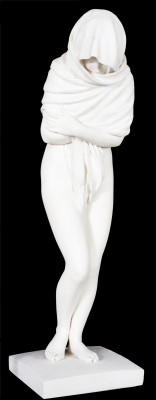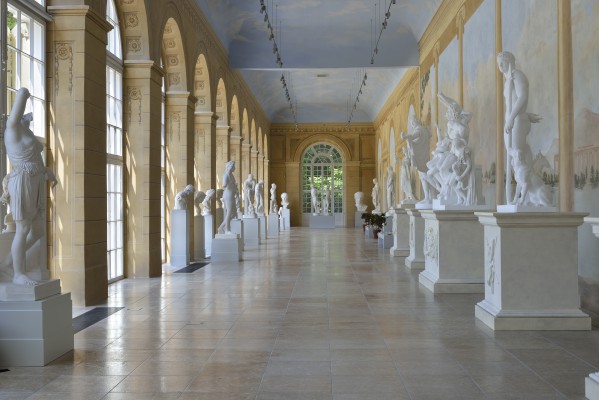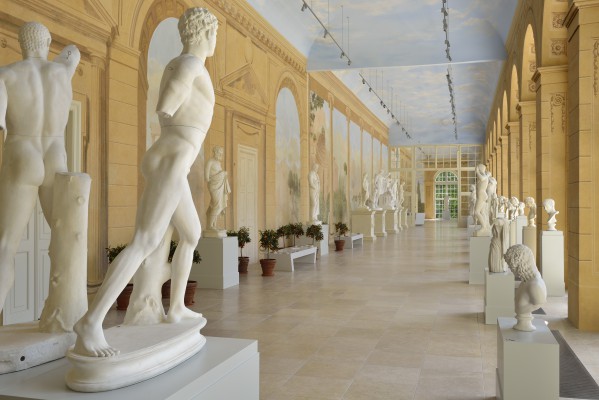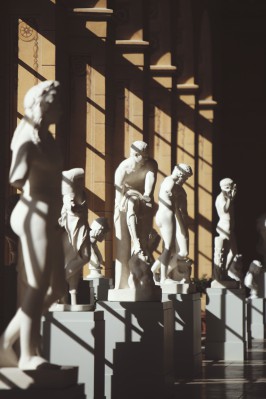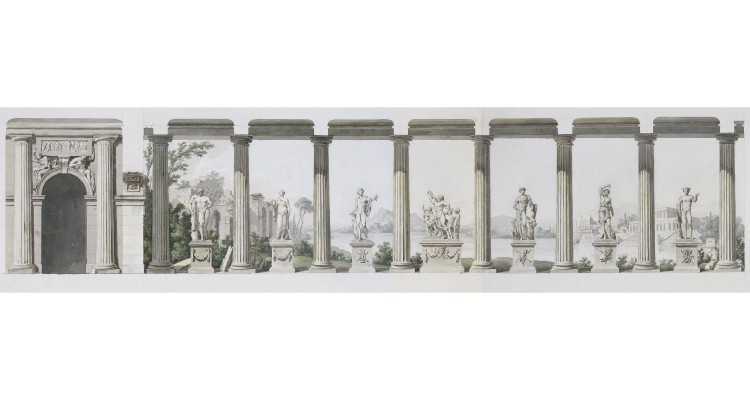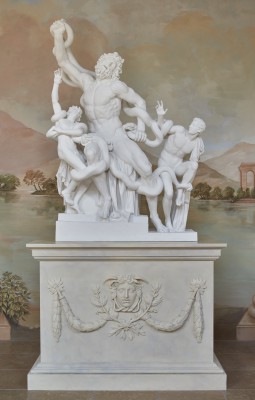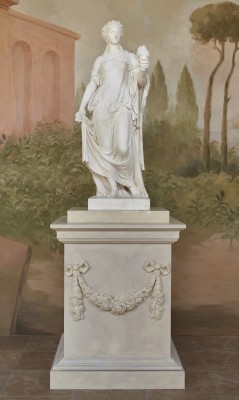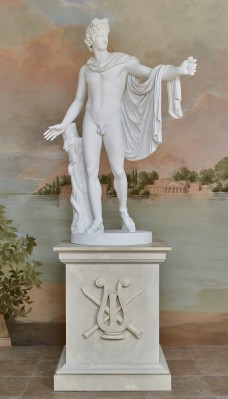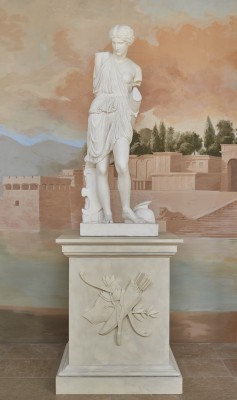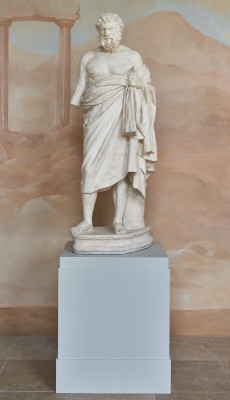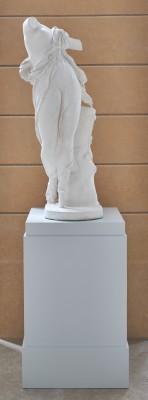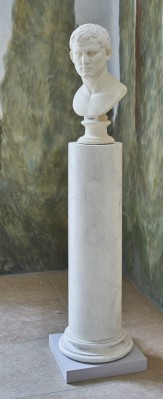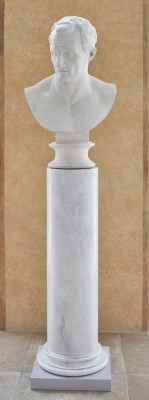
Royal Sculpture Gallery of Stanisław August

The Royal Sculpture Gallery in the Old Orangery is – alongside the Picture Gallery in the Palace on the Isle and the Gallery of Prints in the White Pavilion – one of three main galleries in the Royal Łazienki, arranged according to the Royal inventory dating from 1795.
The vast majority of sculptures found in Poland during King Stanisław August’s reign (1764-1795) were works acquired abroad – in Italy and France – or works by foreign artists working in Poland.
At the time, the sculptures belonging to the latter category were strongly influenced by the King’s patronage, and the main centre of the development of this field of art was the Royal court in Warsaw. Stanisław August would invite sculptors from abroad – primarily from Italy – and commission them to do work mainly relating to decorating the Royal residences: The Royal Castle and the summer residence in the Royal Łazienki, where many sculptures imported from Italy and France stood.
The monarch did plan to establish a school of art to provide education in the fields fine arts to local youth, and while the sculpture workshop in the Royal Castle can be seen as a beginning of such a school, the King’s abdication in 1795 led to the liquidation of both the castle sculpture workshop and the entire centre of sculpture art which had been developing in Warsaw.

Stanisław August – Collector of Ancient Art
The collecting endeavours of Stanisław August in the domain of sculptures concentrated mainly on Antiquity, which resulted from a special interest of the upper classes in almost all Europe and the influence of the evolving trend of decorating palace rooms with marble copies of ancient statues, which started gaining significant ground in the 1760s. There were few original ancient sculptures in the Royal collection, which nonetheless contained numerous copies of ancient statues made by sculptors contemporary to the King, as well as a significant number of copies either following Ancient models, inspired by Antiquity, or emulating ancient compositions. It was that last category – the sculptures made according to ancient patterns – that constituted the largest part of the Royal collection. Undoubtedly, the most important point of reference for Stanisław August’s artistic conceptions was Italy – especially Rome – the main market of ancient sculptures and their copies, which were exported to various European countries.
It was in Rome that the Polish monarch made his most expensive and prestigious purchases – buying sculptures intended as decorations of the Royal Castle and the Royal Łazienki, and the character of those purchases, as it seems, was dictated both by the King’s personal tastes and his ambition to follow contemporary fashion trends.

Sculptors at the Court of Stanisław August
Most sculptures adorning the Royal Castle and the Royal Łazienki were made by artists employed at the court of Stanisław August – in most cases Italians or artists of the Italian provenance. For almost thirty years, the position of the "chief sculptor" on the Roal court was held by André Le Brun, who came to Warsaw from Rome. Native Romans – Giacomo (Jakub) Monaldi and Tommaso Righi – were employed as court sculptors as well. Staggi brothers from Carrara – Francesco Maria, Giovachino and Pietro, as well as Giacomo Contieri from Veneto also worked on the Warsaw court. From among other sculptors working at the court, Franciszek Pinck from Vienna deserves a mention. These artists created groups of sculptures decorating the Marble Room, the Great Assembly Hall (Ballroom), the Old Audience Chamber, the Knights’ Hall, and the Council Chamber in the Royal Castle, and in the Royal Łazienki – the Ballroom and the Rotunda in the Palace on the Isle, the building itself and its surroundings, the interiors of the Royal Theatre in the Old Orangery as well as the theatre on the island (Amphitheatre). In addition, numerous sculptures decorated the Royal garden.

Fate of the Collection of Sculptures After the Abdication of Stanisław August
Following Stanisław August’s departure from Warsaw and his abdication in 1795, the Royal collection of sculptures was gradually liquidated, and its sale – like in the case of other Royal art collections – was an ongoing matter from the time of the monarch’s death until 1821.
Most sculptures remained in the Royal Castle and in the Royal Łazienki to later become part of the King’s estate and be inherited by his heirs; however, a large part of the collection fell into the hands of other parties, and was dispersed.
Professor Katarzyna Mikocka-Rachubowa
Institute of Art of the Polish Academy of Sciences
